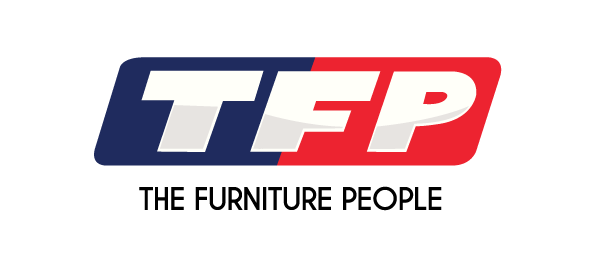What is the difference between MDF and MFC?
MFC 
It stands
for ‘melamine faced chipboard’ and the vast majority of office furniture is
manufactured with this material.
There are a number of thicknesses used, but typically the industry standard is
25mm thick. Some budget ranges are 18mm thick. Most people think of the low
grade, unattractive material favored by high street furniture stores in the
1980’s, but today's MFC has come on a long way. Essentially MFC is either of real wood grain, which is repeatedly printed onto a Melamine film, and heat
processed onto a sheet of chipboard.
The
quality of that chipboard mainly depends on the density of the board. Many
domestic furniture uses low-density board, which is light. Most commercial
grade furniture is made of a dense board as it stops flexing and bending. The
finished board is then cut to shape and size, edged with a banding machine to
protect the edges. These
panels can then be used to make furniture and it’s used in desks, workstations,
cupboards, and pedestals. The colors available vary from factory to factory.
There are some common finishes that are used, and whilst they all tend to be
the same grain pattern, they can vary from the source in shade and grain pattern.
MFC is available in a large number of plain colors as well, and special
finishes too.
MDF

Medium
density fiberboard is a kind of particleboard that is made from composite
wood. Specifically, MDF is made from wood waste (specifically the fibers) that
are glued together using either heat, resin, or pressure. Originally invented in
the 1960s, the usage of medium density fiberboard has expanded into all areas
of construction. MDF is a very versatile building material that can be used in
a variety of applications. This includes making cabinets and moldings. MDF’s
characteristics include being smooth and resistant to warping.
While
similar to other compressed products, such as particleboard or hardboard, MDF the board offers superior qualities.
MDF is a better material compared to other popular materials
like particleboard, wood planks, or high-density fiberboard for a number of
reasons. First, MDF has a very smooth texture mainly because wood fibers used
in making the MDF are also smooth and fine. MDF is also a great material when
being sawed because the cut portion is smooth immediately after being sawed, as
opposed to leaving jagged edges when using other materials, for example, planks
of wood. MDF also takes well to painting. Putting on a primer and a couple of
coats of paint will leave a nice finished surface, which does not happen with
other composite wood products. MDF also has minimal reaction to moisture. This
means MDF will not warp or swell when used in environments that have high
humidity.

